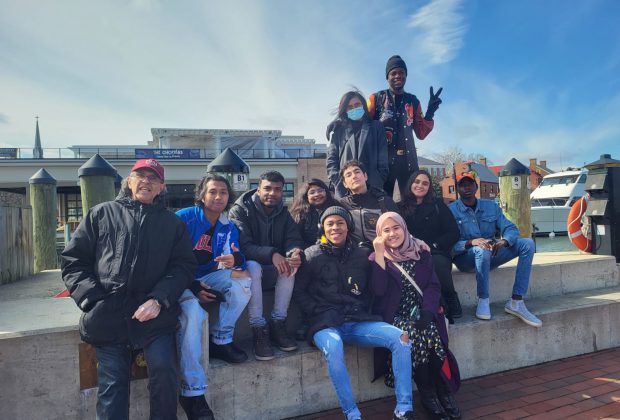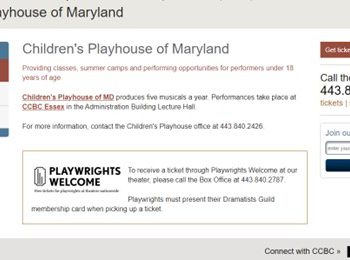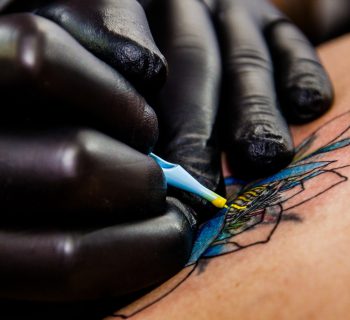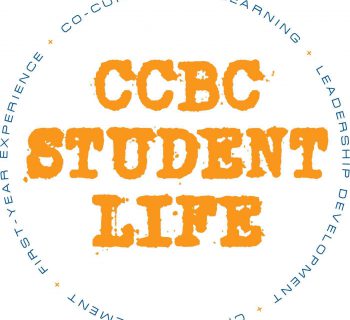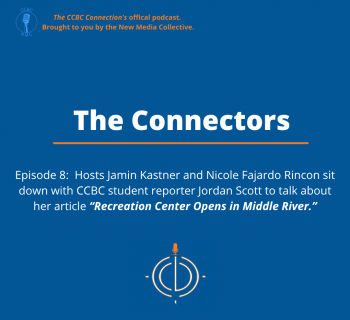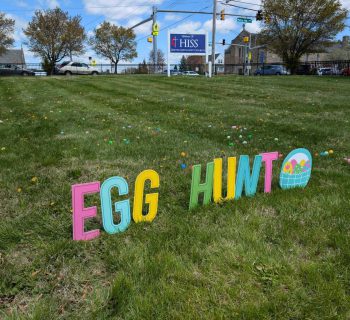Iptah
The beauty of Annapolis City under the sunshine of a windy day brought bright smiles to 14 international students from CCBC who were there as part of a visit for their U.S. Culture, Society, and Institutions class (CSI) through the college.
They came to the city for the first time to see various historical monuments, The Naval Academy as well as The Maryland State House. During their walk to the city dock, there were many students with naval uniforms and people with medieval clothes roaming around the area. These were the United States Naval Academy (USNA) students, who are everywhere around town.
The students flocked to the right side of the dock before having their lunch break. Some chose Chipotle and Mission BBQ, while others had their own home-made meal box. Khadijah Adjabeng, class coordinator, informed the students to assemble near the front gate of the USNA to meet with their tour guide at 1:30 p.m.
“Let’s stroll around the area for pictures,” Ahmad Zohir Bakhier, a student from Indonesia said. Bakhier took photos of the ducks on the water, a stray cat, colorful walls, and The Kunta Kinte-Alex Haley Memorial Statue. Bakhier and his Indonesian friend posed like little kids sitting next to the other children’s statues.
Five minutes before the meeting time, everyone gathered not too close to the big wall with a United States Naval Academy sign. A man with a beige vest, brown wide cap, a stick, and a white plain sling bag was the person in charge to introduce the sites to the students. His appearance made him look more suitable with the atmosphere of the historical areas.
The tour was attended not only by 14 students but also by Communications Professor Guillermo Gibens and English Professor Fawcett Dunstan. The visit to Maryland’s Capital was aimed to make the students understand more about the history of the state they are living in for ten months.
The group bypassed the entrance of the academy building by showing their passport copy to the officers. The tour guide, named Frederick Taylor seemed to be well known by the officers.
They headed to the housing complex after passing the statue of a goat which is called, Navy Bill, the mascot of the academy. Taylor explained that the icon is used for competitions against the United States Air Force Academy or also known as USAFA.
At the housing complex, students were introduced to the building where campus senior officers live before their retirement. “One house could have a kitchen for seven chefs in it,” Taylor said. The students responded with astonished faces.
After that, the group moved to the USNA Memorial Hall where they entered the student bedrooms. It is not a real room, but an exact duplicate of a student’s bunk bed, wardrobe, desk, and bathroom without a toilet since the students share communal space.
“There will be an inspection to their rooms, thus, they should make everything organized,” Taylor said. “Usually, they sleep on the floor for making their bedsheets messy.”
The information boards were displayed on the wall. They had explanations of the uniforms between freshman and senior, and pictures of distinguished alumni such as Wendy B. Lawrence who was the first USNA female graduate who flew to space.
“They do not call themselves students. They use many different terms in school,” Taylor said, explaining how The USNA implements different vocabulary and terms compared to the traditional college. “Rather than students, they are called ‘midshipman.’”
Professor Gibens who seemed enthusiastic about the excursion said that the graduates of the USNA would be highly regarded internationally. “After midshipmen graduate they intern for five years,” Professor Gibens said. “However, for international graduates who want to get back home (there are options) to return to their country.”
From the inside of Memorial Hall, there is a stairway to the center of the dome where the names of lost soldiers of USNA Alumni are written on the walls.
On the other side of the room, Taylor showed the midshipmen’s dormitory building from the balcony to the students. He also explained that everyone will have a strict schedule for having their breakfast, lunch, and dinner in one place, called King Hall.
Everyone asked many questions to Taylor and he gave insightful answers. He discussed everything from the initial name of Maryland which came from the name of Queen Henrietta Maria, who was the wife of King Charles I of England, to Thurgood Marshall’s story.
The group continued the trip to The Maryland State House and took a picture in front of The Thurgood Marshall statue. “This person’s name is used for the closest airport to us”, Adjabeng said. “Does anyone know what it is?”
As last week’s class focused on African-American history, Adjabeng tried to jog the students’ memory about the lecture. “It is BWI Thurgood Marshall Airport,” Maria Suryani, an Indonesian student said.
Taylor led the group inside The State House and explained most of the rooms. He impersonated George Washington’s resignation speech which left some visitors visibly emotional.
Eventually, the tour guide closed the trip by delivering farewell words to the group and everyone gave him a standing applause.
After that, the group took a picture with Taylor. “(A) Three hour long walk was so impressive,” Blossom Gadidapati, a student from India said.


